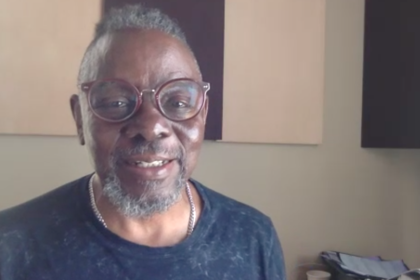
While reading Ted Gioia’s jazz.com blog about the ever-dwindling audience of American jazz lovers, I considered a question both jazz enthusiasts and detractors could appreciate: is playing jazz simply played out?
While such a question might seem dodgy, as it highlights the decline of what many people in the international community consider America’s greatest contribution to the art world, the situation itself is certainly worth an intellectual gander. There was a time when jazz greats like David Sanborn and Grover Washington dominated the airwaves. Even in the 20th century, smooth jazz saxophonist Kenny G was a household name. So what has happened since then? Has jazz played its last note in America?
Gioia certainly seems to support the notion, pointing out that most American jazz musicians have a great deal of fan support overseas, while their audiences continue to shrink in the U.S. Likewise, many American-produced media platforms that were once used to keep jazz lovers plugged in, just can’t keep an audience. Radio stations, Web sites, and even magazines are here today … and gone tomorrow. Furthermore, many promoters who are aware of the plunge have incorporated a kind of creative advertising to push once celebrated American jazz festivals, billing headlining R&B, soul and blues singers atop lackluster and lesser known jazz musicians who are shuffled on stage at sun up and hidden away as soon as the big crowds are assembled. The idea is to use the “name” of the headliner to attract music lovers of all kinds; however, if the “name” isn’t a jazz name, is it even a jazz festival?
Gary Giddins, a highly respected international jazz critic, sheds light on jazz’s trend toward decline in American culture, stating that the musical genre is facing a “perilous future of respectability and disinterested acceptance.”
While some might attribute this “disinterest” on the development of a faced-paced, results-now American culture that goes gaga for the likes of pop star Lady Gaga, saxophonist David Carr, Jr., who recently released his latest album, Half a C Note, shifts total blame from the would-be audience. Purporting that popular jazz has become one-dimensional, Carr says it’s time we look at the art form itself.
“The genre I’m in, adult contemporary jazz music, has continuously, for the past 20 to 25 years, [become] so homogenized,” Carr shares. “A lot of the really good music, we don’t hear on the mainstream radio because the industry has tried to mimic the ‘Kenny G era’ so hard, that they’ve lost any kind of creativity.” Moreover, Carr connects the current decline of jazz to the genre’s past success. Because of the lack of adult contemporary jazz stations, many instrumentalists have had to conform to a sound that would get played on adult contemporary stations. One can only imagine what happens when the instrumentalist is forced to add a singer, regulate the head to a chorus, and add an attractive name to the marquee … goodbye jazz. Or maybe not.
Carr does see a silver lining on the horizon. While jazz audiences in America aren’t what they used to be, Carr, who refuses to categorize his “eclectic” sound, reveals that he’s quite happy playing his music for a steadfast group of fans.
“I love what I do so much sometimes, I feel guilty about it,” he boasts. “I get paid to have so much fun.”
In Carr’s eyes, jazz isn’t played out … not to those who are really listening. –adrienne donnell








